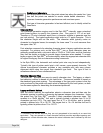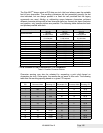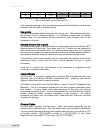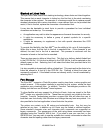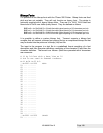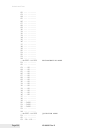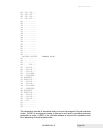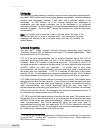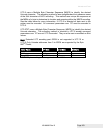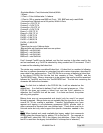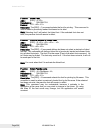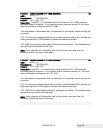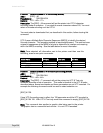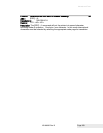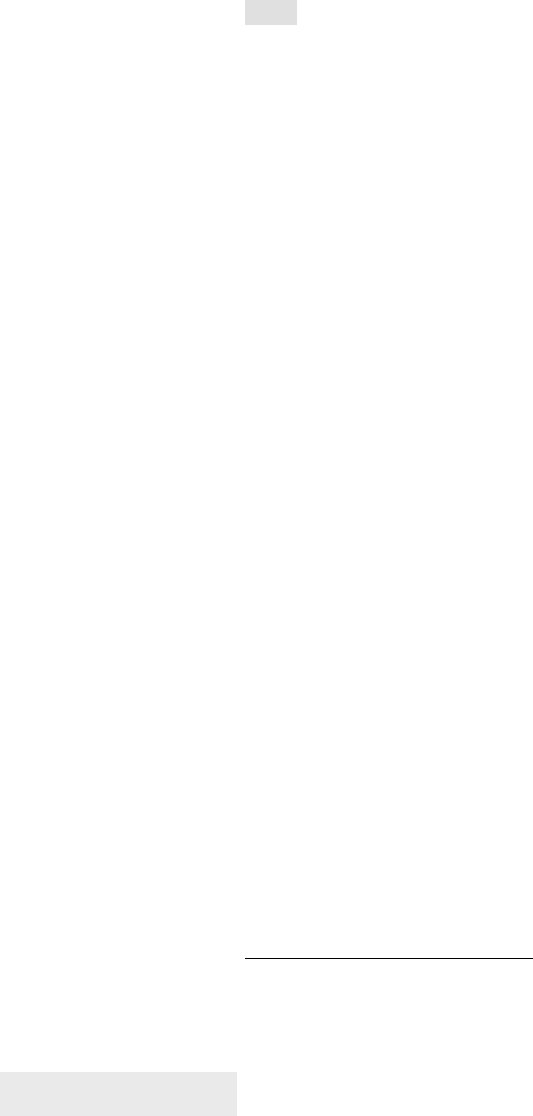
Unicode and Fonts
Page 202 100-88002 Rev B
Unicode
As computer systems started to address more and more international environments,
the classic ASCII standard with code pages became unworkable. Several competing
systems were developed. however it was clear that a standard needed to be
developed. In 1991 Version 1.0 of the Unicode standard was developed, to
standardize how and where characters are to be addressed in an expanded
addressing scheme. In 2000 Version 3.0 of the Unicode standard was published and
generally accepted. The Epic 880
TM
follows this standard for character placement
and encoding
14
.
Note: If a custom font is used that is not in Unicode order, the order of the
font will be used as if it were in Unicode order. Any subsequent character
mappings will assume to be in Unicode order and may not produce the
desired effects.
Unicode Encoding
The Epic 880
TM
Printer supports Unicode character addressing using Unicode
Transform Format or UTF as defined in the Version 3.0 Unicode Specification. There
are several forms of UTF encoding.
UTF-16 is the most straightforward way to access characters above 255. UTF-16
essentially sends two 8-bit bytes that form a 16-bit address to access the desired
character. Basic UTF-16 does not define the byte order. If you wish to use UTF-16
and allow the printer to determine the byte order, you must send the byte order mark
(0xFEFF) before you send any characters. To prevent loss of byte order
synchronization, you should periodically send the byte order mark to resynchronize
the printer with your application. If UTF-16 is selected, all data sent to the printer
must be 16 bits. All commands and command parameters are also 16 bit, however
only values between 0 and 255 are valid. Note that 24 bit encoding is not supported.
UTF-16BE uses the big-endian method of sending the two bytes. This method sends
the high byte first and then the low byte. It is not required to send the byte order mark
(0xFEFF) for the correct byte order to be initialized. However, to prevent loss of byte
order synchronization, you should periodically send the byte order mark to
resynchronize the printer with your application. If UTF-16BE is selected, all data sent
to the printer must be 16 bits. All commands and command parameters are also 16
bit, however only values between 0 and 255 are valid.
UTF-16LE uses the little-endian method of sending the two bytes. This method sends
the low byte first and then the high byte. It is not required to send the byte order mark
(0xFEFF) for the correct byte order to be initialized. However, to prevent loss of byte
order synchronization, you should periodically send the byte order mark to
resynchronize the printer with your application. If UTF-16LE is selected all data sent
to the printer must be 16 bits. All commands and command parameters are also 16
bit, however only values between 0 and 255 are valid.
14
The Version 3.0 Unicode standard defines a 24 bit addressing method that is not supported
by the Epic 880
TM
. The Epic 880
TM
is limited to a 16-bit address value. Values greater than
65535 will be truncated to 16 bits.



